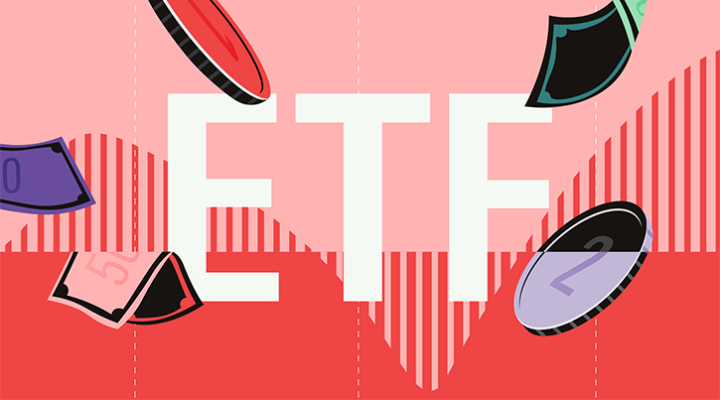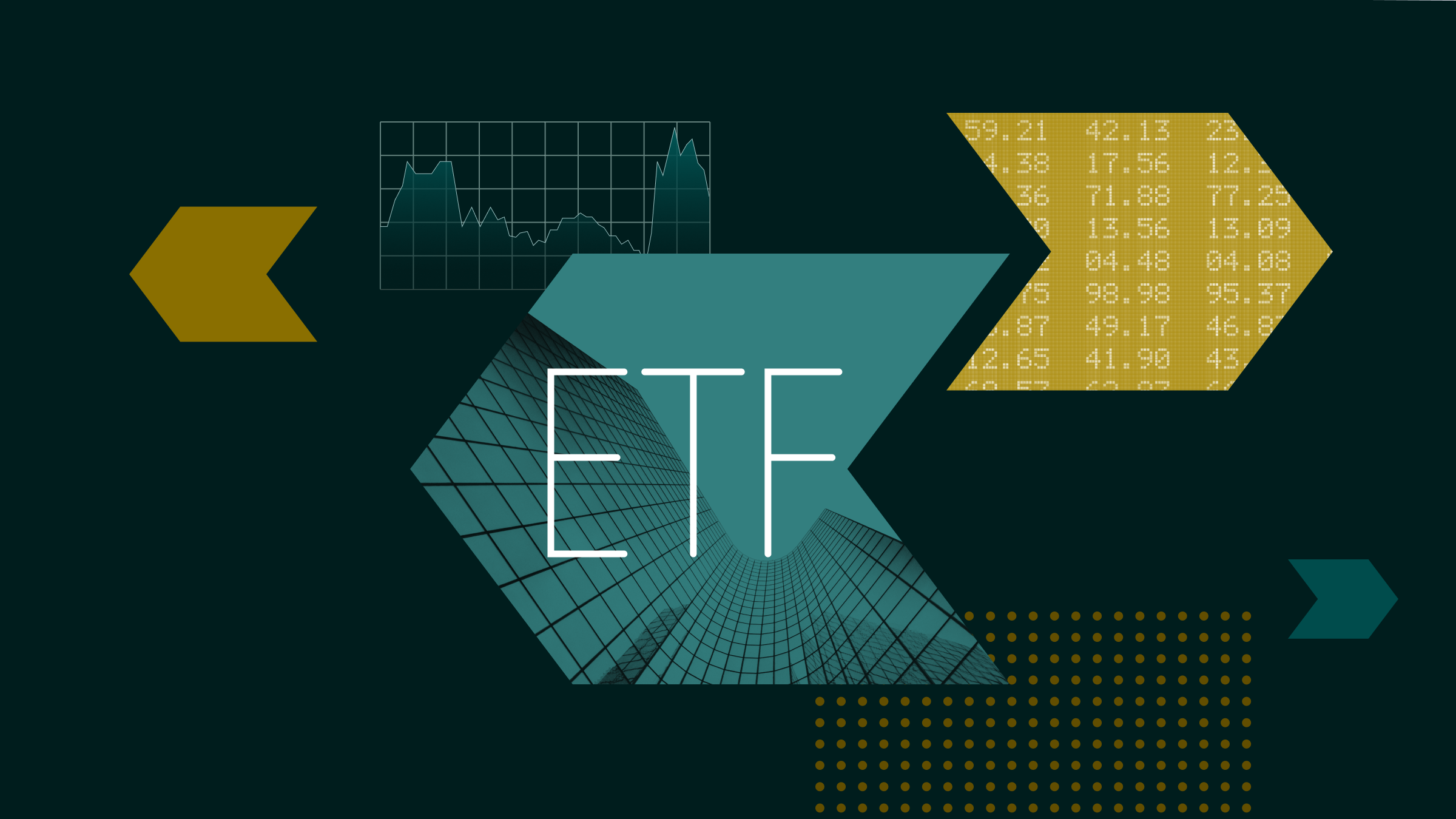This fund’s strategy is a sensible one: buy companies that are cheap, ailing, but capable of recovering, and hold onto them until they do. Manager Tom Dobell, who has been running this fund since 2000, executes this with discipline. He typically holds firms for between three and five years, keeping in close contact with company management to ensure that a firm’s recovery is going according to plan. He takes activist positions when necessary, employing the support of M&G’s corporate finance team to that end. This team, (a resource that not all fund shops have), advises on issues like capital raising, boa
rd quality, and incentive schemes for the firms in which M&G invests. They help facilitate the dialogue that gets voices like Dobell’s heard in the boardroom.
The fund’s even-keeled performance also reflects Dobell’s style. He doesn’t post top-decile returns for just a few years running, but rather, has led the fund to above-average returns over a longer time period. The fund ranked, for instance, in the 33rd percentile of its UK Mid-Cap Equity category over the five-year period and in the 12th percentile of the broader IMA UK All Companies sector over the same time frame. What’s more, Dobell’s balanced recovery style has leant itself well to outperforming peers in bear markets (as it did in 2001 and 2002), while holding its own in higher-growth markets (e.g. 2005, when the fund still posted 20th percentile returns versus its category). Part of this success is due to Dobell’s big mining and energy stakes, which have paid off handsomely in recent years. He’s far from a ‘hot’ sector chaser though, having owned firms like Tullow Oil and AIM-listed First Quantum Minerals since 2000, long before many other UK funds were on board. He bought First Quantum Minerals, for instance, when it was trading at just 120p a share in 2000; as of 16 May 2007, the stock was trading at close to 4000p.
We’d expect Dobell to have more difficulty finding smaller-cap and AIM-listed opportunities that have the liquidity to support a fund of this size (broaching £2.5bn as of March 2007), but this hasn’t been an obstacle thus far. The fund remains diversified across the market-cap range, with 31% in giant-, 17% in large-, 25% in mid-, 16% in small-, and 11% in micro-caps as of December 2006. Still, this is an issue that we’re keeping an eye on.
While this fund’s asset size may hamper its investment flexibility in the future, the fund remains a compelling choice for investors with a long-term (e.g. five-plus) year time horizon. We think Dobell’s proven patient, contrarian strategy is well worth a look.




























